| The repetitiveness of the advertisements in Apple's campaign gives power to the discursive formation that it has chosen. It connects the intended meanings and brings them together within one given discourse. The similarity of the advertisements creates many different elements that are then presented to the viewer as if they are true. It creates a regularity that can be questioned or followed, but nonetheless, makes a statement about what is and how things should be. Those statements are very matter of fact, therefore bringing forth power. I previously described the advertisements and all of their elements as though they do not demand but offer. Yet, even through the offers, they are making claims that discipline "subjects into certain ways of thinking and acting" (Rose, 143). |
Discourse: Their Power and Truth |
|||||||||||
 
 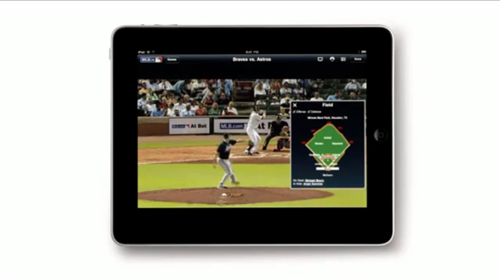  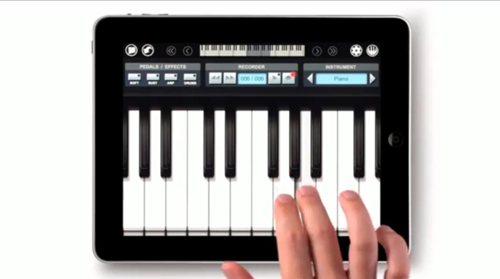
 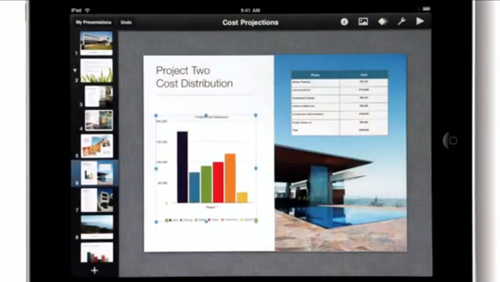  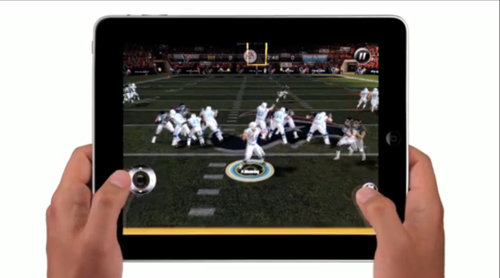
 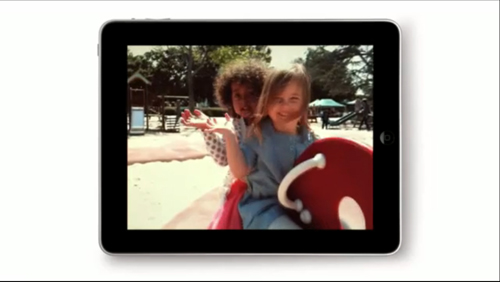  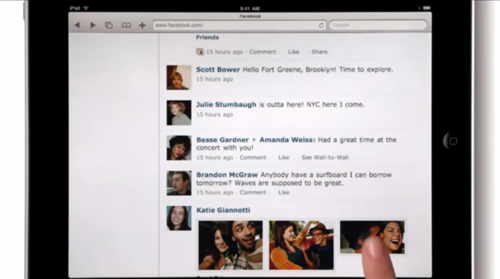
 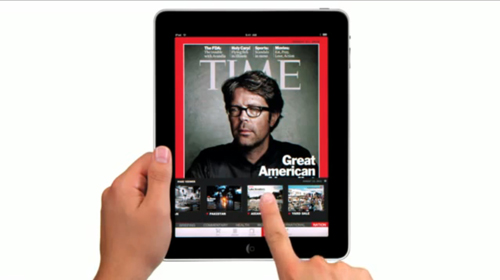  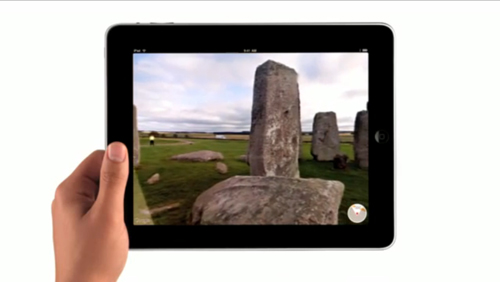
 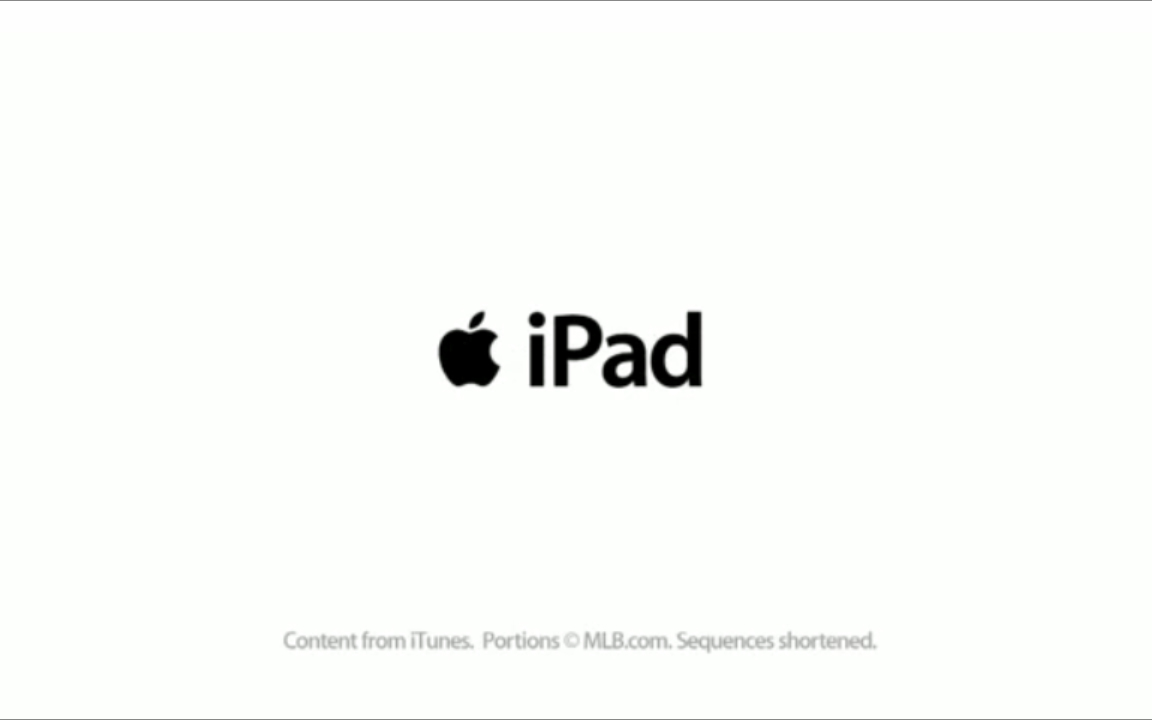 |
With all of these statements, truth claims, and offers that have the power to shape and mold, "our sense of self is made" (Rose, 143). The viewers of the advertisements begin to place themselves in relation to what they are being taught and presented. Therefore as a teacher or professor has some power over a student, the discourse of these advertisements has a power that impacts viewers. This power then produces knowledge. "The most powerful discourses…depend on assumptions and claims that their knowledge is true", and that "truth" is exactly what Apple has created (Rose, 144). Apple's world has these claims and truths that greatly alter a viewer's perspective on their products. They cause people to picture these products as helpful and beneficial to the life they are currently living. Apple is persuasive, and "as we become used by Apple, the rhetor, we can simultaneously use Apple to channel our social commentary" (Pederson, 503). It is evident that Apple's preferred meaning is for the viewers to believe that their lives will be improved and therefore they should purchase a product, but what is not said and purposefully omitted from each of Apple's advertisements strengthens the discourse and its power as well as its truths. |
|||||||||||||||||

